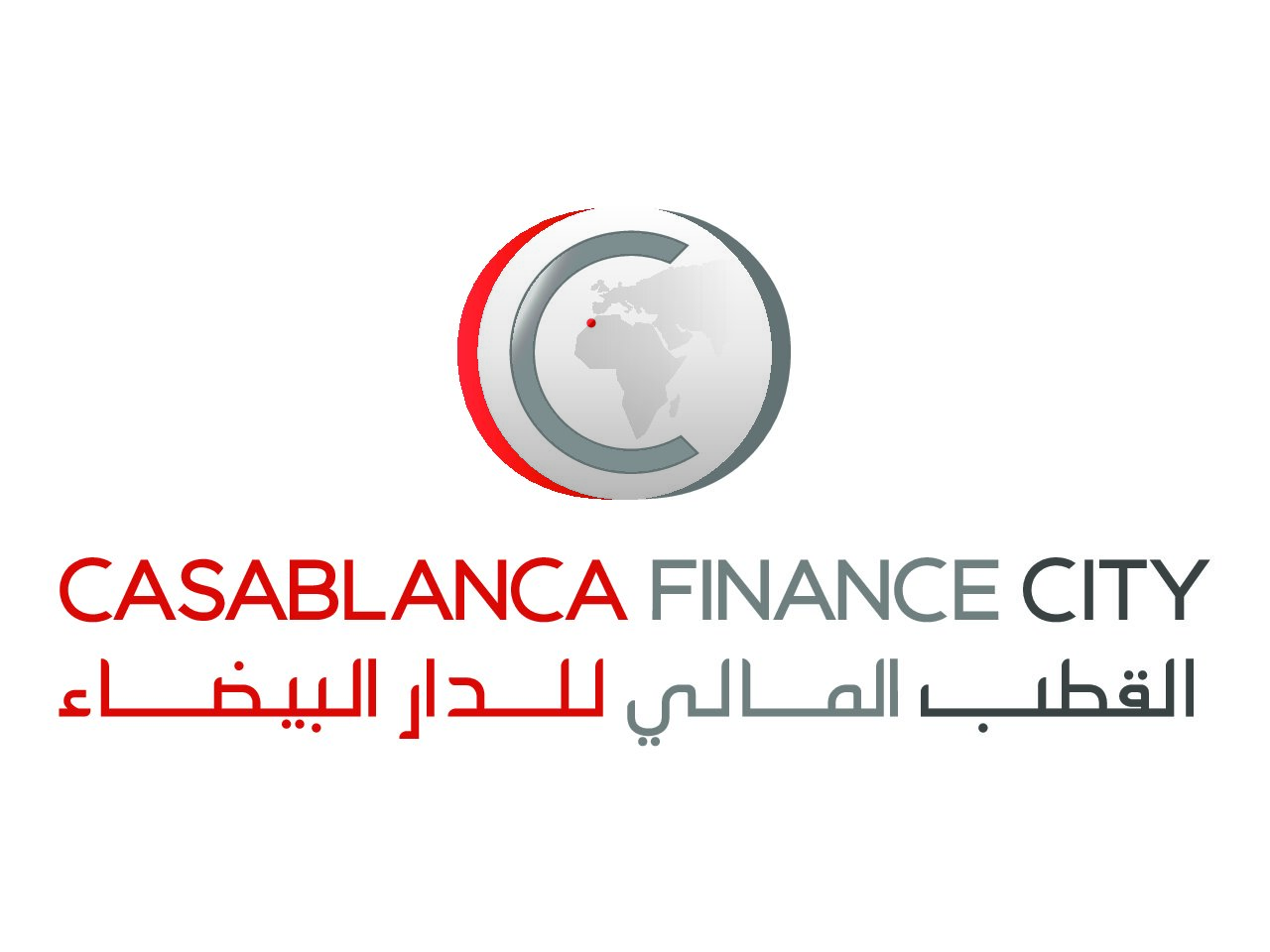Zambia’s Mining Sector
Zambia’s mining sector is a vital part of its economy.
It’s a significant contributor to the country’s GDP.

The industry’s main focus is copper mining. This has shaped Zambia’s economic development over the years.
However, the fluctuating copper prices have a direct impact on the economy. This makes the industry’s stability somewhat volatile.
This article aims to provide a comprehensive overview of Zambia’s mining sector. It will delve into the copper mining industry, the potential of copper deposits, and the impact of copper prices.
Whether you’re an investor, economist, or simply interested in Zambia’s economic landscape, this article will provide valuable insights.
The Backbone of Zambia’s Economy: Copper Mining
Copper mining is the lifeblood of Zambia’s economy.
It plays a crucial role in the country’s economic development.

Zambia is one of the top copper producers in Africa. This has positioned the country as a key player in the global copper market.
The mining sector also contributes significantly to employment in Zambia. It provides jobs for thousands of people, both directly and indirectly.
However, the industry faces several challenges. These include taxation issues, infrastructure problems, and environmental concerns. Despite these hurdles, the sector continues to thrive, thanks to the country’s rich copper deposits and the efforts of key players in the industry.
Historical Evolution of Mining in Zambia
Mining in Zambia has a rich history that dates back several decades.
The industry has evolved over the years, from small-scale operations to large-scale mining.
Today, Zambia’s mining sector is a major contributor to the country’s GDP and plays a significant role in its economic development.
Zambia’s Copper Deposits: A Global Perspective
Zambia is home to vast copper deposits, making it one of the top copper producers in Africa.
These deposits have attracted both local and international mining companies, contributing to the growth of the country’s mining sector.

The potential of these copper deposits is yet to be fully tapped, presenting opportunities for further exploration and investment.
The Impact of Copper Prices on Zambia’s Economy
Copper prices play a significant role in Zambia’s economy. When prices are high, the country benefits from increased export revenues.
However, fluctuations in copper prices can also pose challenges. A drop in prices can lead to reduced revenues, affecting the country’s economic stability.
Therefore, managing the impact of copper price volatility is crucial for the sustainability of Zambia’s mining industry and overall economy.
Key Players in Zambia’s Copper Mining Industry
Zambia’s copper mining industry is dominated by several key players. These companies contribute significantly to the country’s copper production.
Some of the major players include:
- First Quantum Minerals
- Glencore
- Barrick Gold Corporation
- Vedanta Resources
- China Nonferrous Metal Mining

These companies, among others, play a crucial role in driving Zambia’s mining sector. Their operations have a significant impact on the country’s economy.
Government Policies and Their Influence on Mining
Government policies play a significant role in shaping Zambia’s mining industry. They determine the operational environment for mining companies.
Key policies include taxation, environmental regulations, and foreign investment rules. These policies can either promote or hinder the growth of the mining sector.
In recent years, Zambia has seen changes in mining taxation policies. These changes have sparked debates about their impact on the industry’s profitability and sustainability.
Challenges and Opportunities in the Mining Sector
The Zambian mining sector faces several challenges. These include infrastructure issues, high operational costs, and fluctuating copper prices.
Despite these challenges, there are numerous opportunities. The vast untapped copper deposits present a significant opportunity for growth and investment.
Moreover, advancements in mining technology can improve efficiency. This could potentially offset some of the challenges faced by the industry.
Environmental and Social Considerations
Mining activities in Zambia have raised environmental concerns. These include deforestation, water pollution, and soil degradation.
On the social front, mining has both positive and negative impacts. It provides employment and contributes to local economies. However, it can also lead to displacement of communities and social unrest.
Addressing these environmental and social issues is crucial. It ensures the sustainability of the mining sector and its acceptance by local communities.
Technological Advancements and the Future of Mining in Zambia
Technological advancements are shaping the future of Zambia’s mining industry. Automation, digitalization, and advanced exploration techniques are increasing efficiency and productivity.
These technologies also have the potential to mitigate environmental impacts. They can reduce waste, improve water management, and lower carbon emissions.
Conclusion: The Road Ahead for Zambia’s Mining Industry
Zambia’s mining industry, particularly its copper sector, is a critical part of the country’s economy. It faces challenges, but also holds significant potential.
The industry’s future will be shaped by how well it navigates these challenges. This includes managing fluctuating copper prices, addressing environmental concerns, and leveraging technological advancements.
With the right policies and strategies, Zambia’s mining industry can continue to thrive. It can contribute to the country’s economic growth, create jobs, and drive sustainable development.





























